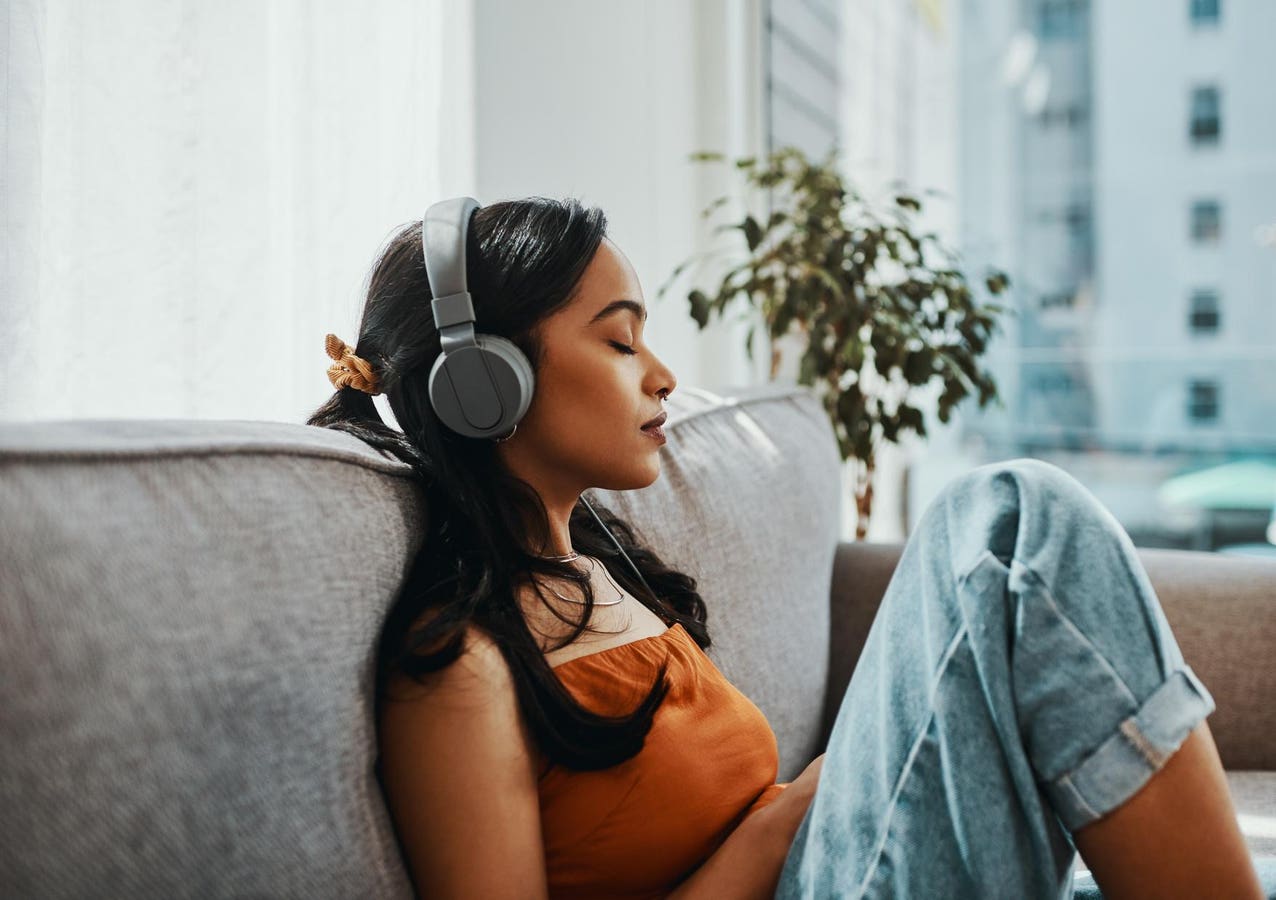
It’s long been established that music can help ease physical pain, and in some cases even reduce the need for pain medication. But which music is best for the job? Your favorite, according to a new study, be it Taylor Swift, Drake or Beethoven.
“The enjoyment of the music might counteract the negative emotional value of pain in brain regions like the cingulate cortex, which sits on the inside of the frontal lobes,” Darius Valevicius, a doctoral student in neuroscience at the Université de Montréal, said in an email interview. Valevicius is co-author of the study, which appears in the latest issue of the journal Frontiers in Pain Research.
To test which music works best for reducing physical discomfort, researchers applied moderately painful thermal stimuli to the inner forearms of 63 healthy study participants. The heat measured between 113 and 120 degrees, akin to a cup of hot coffee being held against the skin.
The team then paired the heat hits with seven-minute music excerpts, some chosen by them, and others picked by study participants. The volunteers, whose average age was 21, were instructed to select two tracks that represented “their favorite music of all time” and “the songs they would bring with them to a desert island.” Selected songs included “Perfect” by Ed Sheeran and “Good Help (Is Hard to Find)” by Death Cab for Cutie. One volunteer went with a section of the Tchaikovsky opera Eugene Onegin.
The researchers also mixed silence into the sound rotation. “In addition, we used scrambled music, which mimics music in every way except its meaningful structure, and can therefore conclude that it is probably not just distraction or the presence of a sound stimulus that is causing the hypoalgesia,” Valevicius said.
The favorites outperformed unfamiliar relaxing tracks, scrambled music and silence by up to one point on a 10-point scale when it came to decreased sensitivity to pain, also known as hypoalgesia.
Benefits of a bittersweet symphony
The results appear to come down to the feelings our most treasured tunes evoke, with different categories of music engaging our emotional pathways in different ways. To explore whether certain themes impact music’s pain-reducing properties, the researchers interviewed study subjects and divided the melodies they chose into four categories: moving/bittersweet, calming/relaxing, happy/cheerful and energizing/activating.
“We found that reports of moving or bittersweet emotional experiences seem to result in lower ratings of pain unpleasantness, which was driven by more intense enjoyment of the music and more musical chills,” Valevicius said.
Chills, which can manifest as a tingling sensation, shivers or goosebumps, “might have more of a sensory gating effect at the level of the brain stem,” Valevicius said, referring to past research that associates chills with a sharp release of dopamine, a neurotransmitter that plays a role in how we experience pleasure.
To further test the study’s findings, Valevicius’s former supervisor, McGill University behavioral neuroscientist Mathieu Roy, is examining music-induced hypoalgesia and chills by mapping brain activity using using functional MRI. He’s also considering pharmacological studies that block the transmission of opioids and neurotransmitters like dopamine to measure their causal role on pain reduction.
In the meantime, if you have a headache, go listen to your favorite music. It certainly can’t hurt, and it could help.
